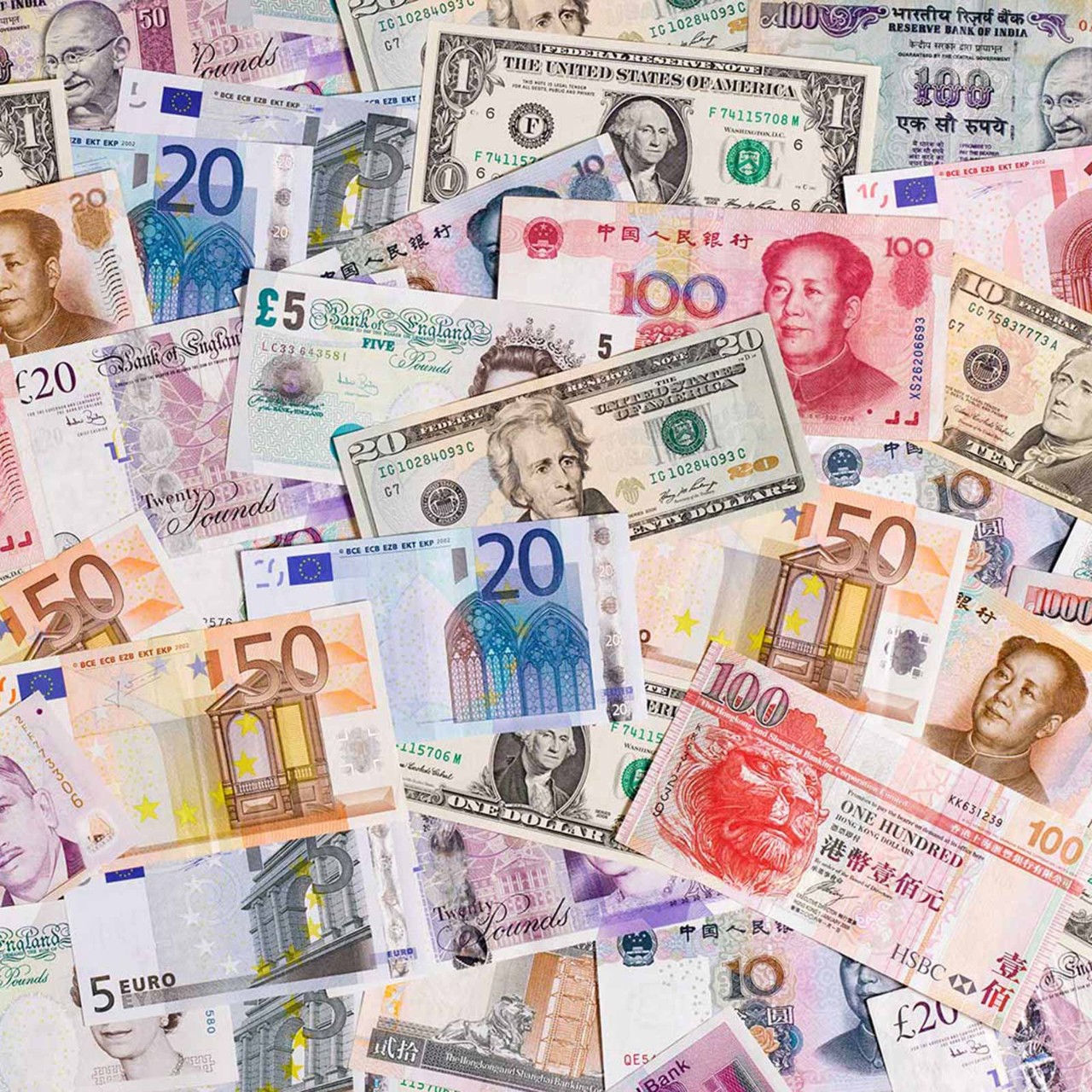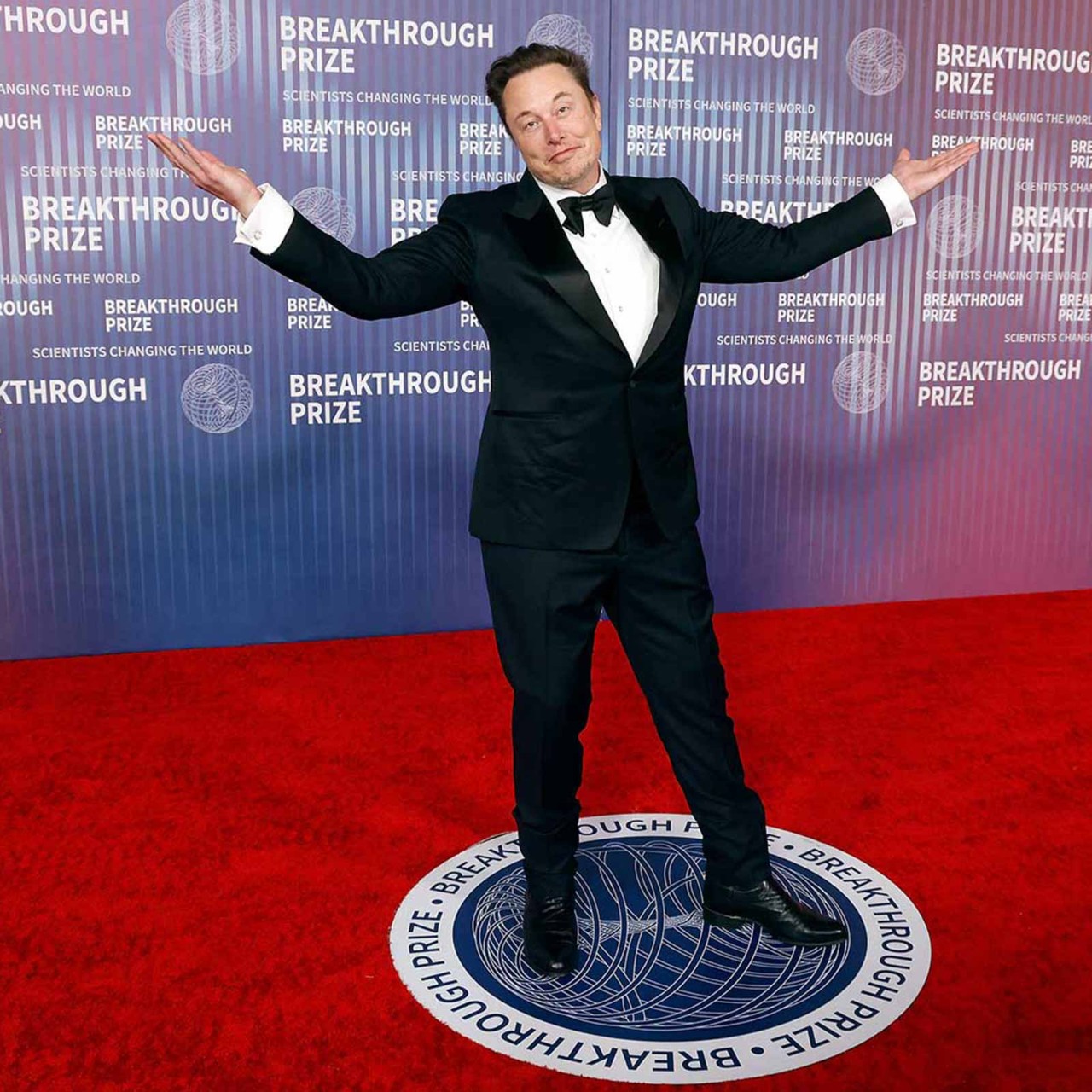
When it comes to sizing up whether a currency is too expensive or too cheap, there is no more beloved measure than the Big Mac index. First served up by The Economist in 1986, the index compares the price of the iconic McDonald’s burger across the globe. The logic is simple: since the Big Mac is a standardised product all over the world, difference in its price between nations should provide a gauge of the purchasing power of the local currency.
For example, as of the most recent survey in July, the cost of a Big Mac in Switzerland translates into just over US$8, more than 40% pricier than in its home country of the US. To get the best deal, you’d need to hop on a plane to Taiwan, where a 60% discount is on offer. In fact, the burger is a bargain throughout most of Asia and Latin America.
Beefing up operations in nations with undervalued currencies could deliver a higher return
This is more than just a fun comparison. The implication, based on the economic theory of purchasing power parity (PPP), is that overvalued currencies such as the Swiss franc should slide back to a rate ‘that would equalise the prices of an identical basket of good and services’, as The Economist explains. On the flip side of the burger index, undervalued currencies – from the Japanese yen to the Indonesian rupiah – should rise.
Hedging helper
For American politicians, both Republican and Democratic, such comparisons fan suspicions that certain trading partners have sought to gain an unfair advantage over US firms by artificially suppressing the value of their currencies. But the Big Mac index also has the potential to help accountants at international firms make shrewd currency hedging and investment decisions.
There is a major glitch: the index has limited predictive power
If, for example, the euro is overvalued and the eurozone is a significant source of revenue for your company, you can take steps to protect your business from future losses as the currency depreciates. Equally, if your company invests internationally, beefing up operations in nations with undervalued currencies could deliver a higher return as the currency gains in heft.
There is, however, a major glitch: the index has limited predictive power. Take the Egyptian pound. A decade ago, the price of a Big Mac in Cairo was significantly lower than in New York, which to PPP proponents would lead one to expect a rise in the Egyptian pound. This was not the case. And, in the latest survey, an Egyptian Big Mac still costs around half the US price, even adjusting for GDP per person – a measure that comes closer to considering the cheaper cost of hiring servers and renting premises. The Egyptian pound is not an isolated case. (You can see this on The Economist’s interactive graphics.)
So, if the Big Mac index may not satisfy the discerning financial professional’s hunger for accurate currency forecasts, what might? A host of nerdy imitators, including currency tools based on the Starbucks chai latte or, most recently, the soup dumpling index, are the creations of central banks, investment banks and institutions like the International Monetary Fund (IMF). Unfortunately, they suffer from the same limitations as the original.
A side of BEER
Luckily, there is a more academically rigorous alternative: the BEER model. This stands for a Behavioural Equilibrium Exchange Rate – and only the acronym is amusing. A BEER model estimates the fair value of a currency over the medium term by mixing such ingredients as productivity, terms of trade, net foreign assets and real interest rate differentials.
Expert foreign exchange support is also necessary to interpret the results
Breaking this down, a nation with higher productivity growth than its trading partners should become more competitive in the global market, adding to demand for its currency. The same would be true from improving terms of trade, in which a country’s exports rise in price relative to its imports. All of this can contribute to current account surpluses, which put upward pressure on currencies.
Aside from their complexity, BEER models have other drawbacks. They cost much more than a subscription to The Economist or a Big Mac. Not only is brewing a BEER model complicated, but expert foreign exchange support is also necessary to interpret the results and what it means for your company.
BEER models are less effective at predicting exchange rate movements in the short term
And BEER comes with an additional health warning. The Bank of England has noted that such models are less effective at predicting exchange rate movements in the short term, which can be driven by speculative flows and shifts in investor sentiment. Structural changes in a nation’s economy also need to be carefully monitored. For example, the US tech boom in the 1990s, which lifted the productivity of the economy, gave a boost to the US dollar – forcing economists to adjust BEER models. A similar trend may be occurring with the rise of artificial intelligence, where the US is again leading the way.
BEER models, including the IMF’s, have also pointed to an overvaluation of the Swiss franc. Yet appetite for the currency among global investors has kept it overvalued for decades – potentially reflecting a combination of low inflation and its safe-haven appeal. That highlights the limitations of BEER models in accounting for investors’ desire for security.
With all those caveats, BEER models are worth considering for accountants. A range of academic studies have illustrated their value in projecting long-term currency trends. One notable success for BEER models was predicting the appreciation of the Australian dollar in the early 2000s as the global value of commodity exports rose. Such insights can be critical for financial executives seeking to make the best-informed choices about where to invest. The bottom line is that it makes sense to have BEER with your burger.



